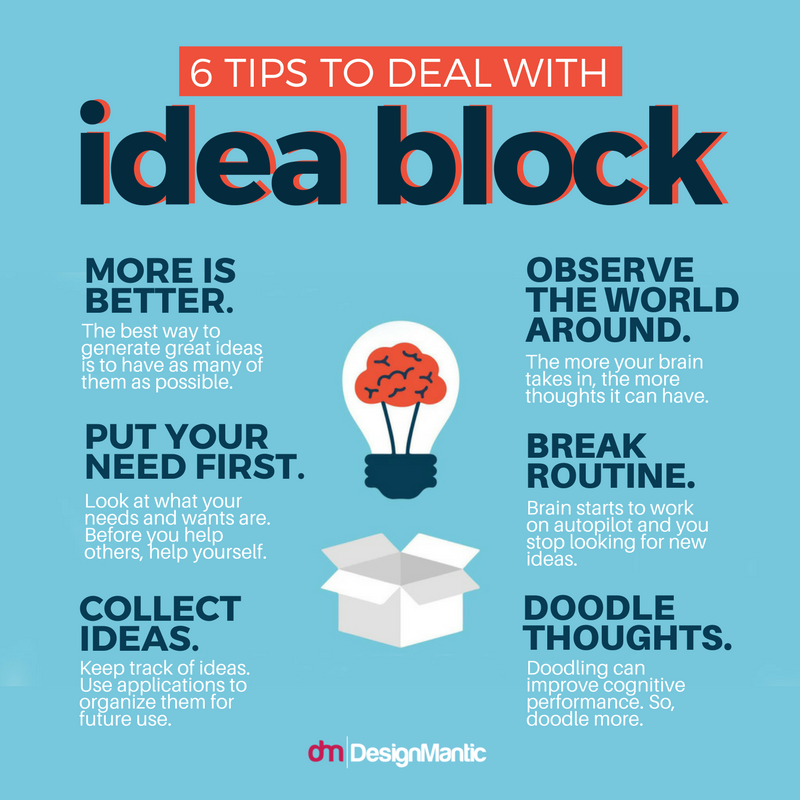Everybody is born with creativity but we have to keep using it to retain it. So goes a popular saying concerning why some people are creative whilst other have limited success with creativity. But even creative people hit a plateau or a roadblock or a barrier once in a while, leaving them extremely worried about when it might return. For people who are in the industry of creating engaging and sleek stuffs that are meant for the consumption of the public, a loss of creativity can prove to be debilitating to them. The question is – can an idea block be successfully shooed away? If so, how?
Leave the task aside for the time being. That is Andrew Meza’s advice and it works when all else fails.
“The best way to do it is leave the project entirely for awhile. Clear you mind with some constructive distractions that don’t involve critical thinking. Cook something, workout, go do something outside, play with your children. You will likely get inspired during that time. Then come back to the project.”
For people like Hannah Woodhams, distraction is the best therapy to cure the ideas rut anytime and anywhere.
‘Distraction usually works for me. It’s difficult to come up with ideas on demand. Often just leaving the project for a while will throw up ideas when you least expect it such as whilst driving or taking a shower. Chatting through with other designers or like-minded people is also good. Often bouncing thoughts around with others will lead you to an idea.’
Russell Kern seems to think that there are two approaches to fixing the issue of an ideas drain, since either can work for all. He advocates not thinking too much about it, unless you are just doing some mundane activity, like driving a car for instance.
‘I agree… leaving it be for a while seems to usually work, but also, simply thinking while in my car on the way to work (or home) can help a lot… I think that it is simply that there are no other things distracting me (aside from other drivers, of course.’
And it really doesn’t take much to take care of the creative-less malady. You need no therapist or high falutin gadget to take care of your creative blues when only a stroll out in the garden would do according to Pascal Quassaert:
‘I like to go outside and look at different things that might inspire me. Things like flowers help me a lot when I have problems with colors. Another thing that helps me is architecture, they often have patterns that are engaging.
And if that doesn’t help I like to take the bus, the influx of all the people around me and what I see around me is always stimulating, and another benefit is the change of scenery, not being at your desk is the best way to get outside of a fixed pattern.’

